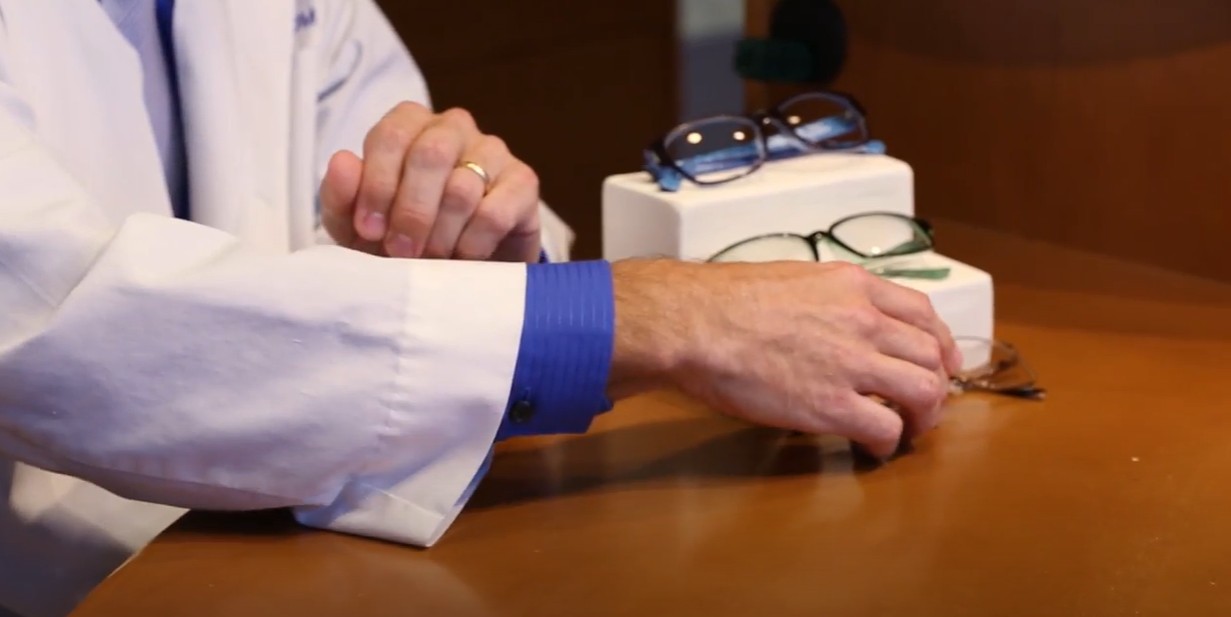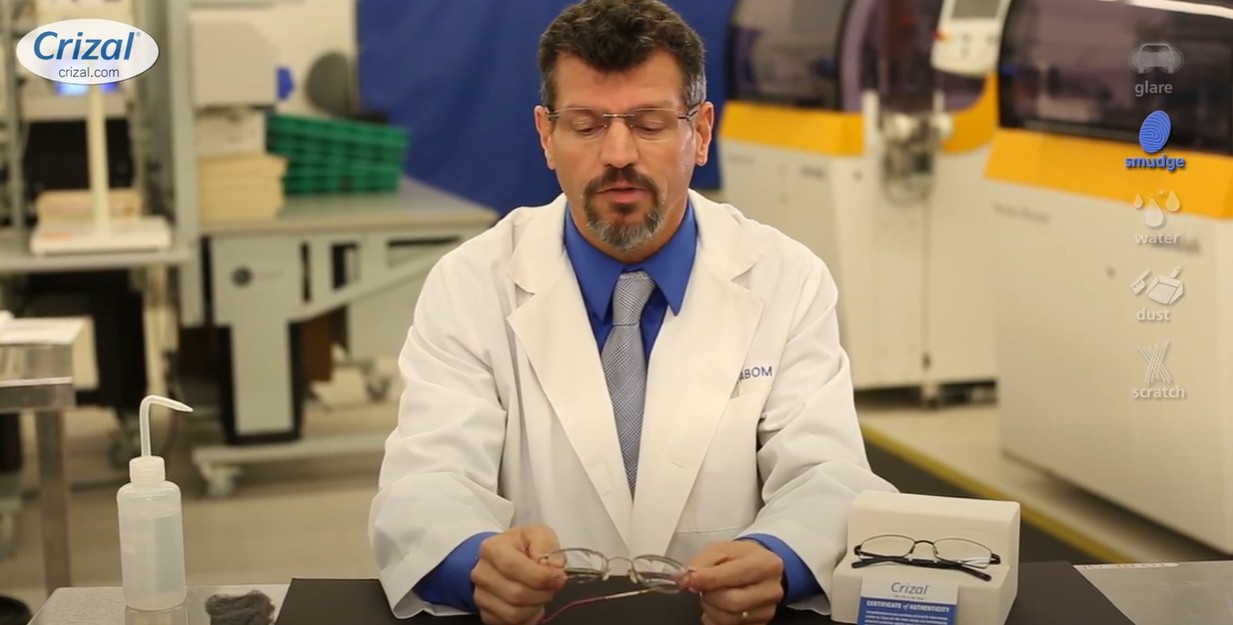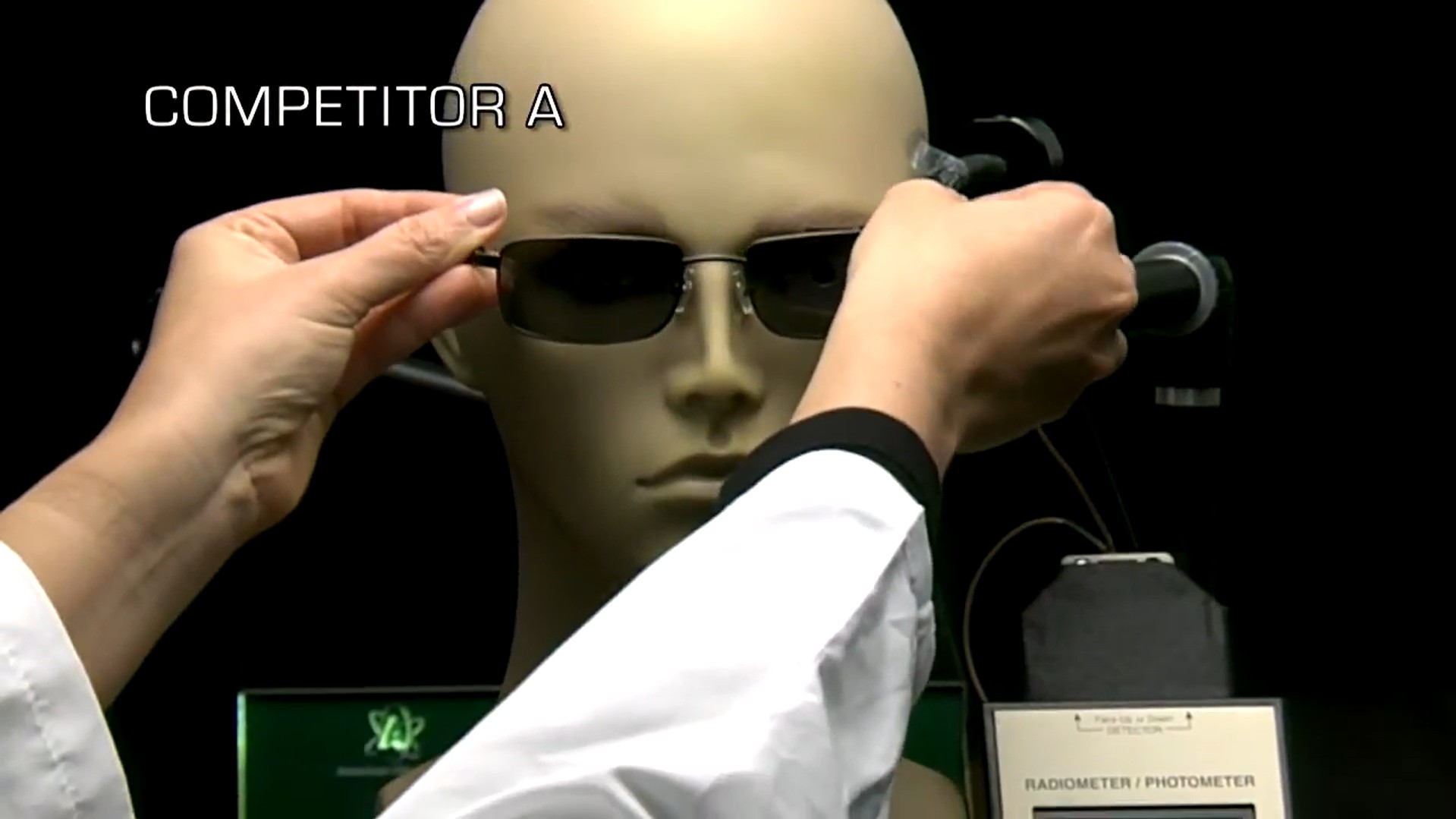Lenses
Show off your individual style with your frames and let your prescription lenses get the work done.
Lens work completed in our own state of the art optical lab ensures a finished product made with the highest precision and accuracy yielding a superior product of the highest quality and value each and every time. We offer many different prescription lens configurations, such as polycarbonate high index lenses for children, sports enthusiasts and safety glasses, customized prescription lenses for musicians, and computer operators. You will see that our optical dispensary is here to help you find what best fits your needs.




